November 8, 2017
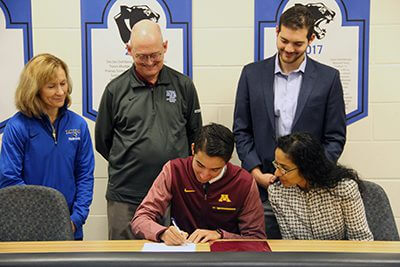 Mounds Park Academy is proud to announce that senior Declan Dahlberg signed with the University of Minnesota’s Track and Field and Cross Country Teams. An exceptional student athlete, Declan was accepted to the University’s College of Science and Engineering.
Mounds Park Academy is proud to announce that senior Declan Dahlberg signed with the University of Minnesota’s Track and Field and Cross Country Teams. An exceptional student athlete, Declan was accepted to the University’s College of Science and Engineering.
“I’m extremely excited to start this new chapter of my academic and athletic career next fall, and I’m honored to do it at the University of Minnesota. In the end, the combination of my interactions with Coach Plascencia, the boys on the team, and the school in general made this an easy choice. I’m extremely grateful to my high school coaches, Dan Ethier, Jerry Slater, and Bev Docherty, my parents, and my teammates and friends for helping me get to this point. I could not have achieved any of this without all of their support,” said Declan.
Declan is a two-time state champion (1600m in Track and Cross Country as a junior). He also finished second twice (3200m in Track as a junior and Cross Country as a senior). He is a seven-time state qualifier and seven-time All State Honoree between Track and Cross Country. Remarkably, he was part of both of the two closest finishes in Cross Country State Meet history.
Outside of athletics, Declan is an exceptional student and volunteer. He is an academic All State Recipient with a 3.98 Cumulative GPA, making honor roll every semester of high school. Declan was one of 14 members of the MPA Class of 2018 to be inducted into the National Honor Society on October 12, 2017. His selection was due to his exemplary commitment to service, leadership, character, and academics, tenants of NHS and Mounds Park Academy. He writes the weekly Run, Write, Repeat Blog for running website MileSplit MN.
Interested in pursuing medical school after college, Declan volunteers in the emergency room at St. John’s Hospital and does melanoma research with Professor Timothy Lyden at the University of Wisconsin-River Falls specifically related to the 3D modeling of melanoma tumors.
He is a highly skilled percussionist, pianist, violinist, and choral member, exemplifying the balance between academics, arts, and athletics that students find at Mounds Park Academy.
Click here to see more photos!
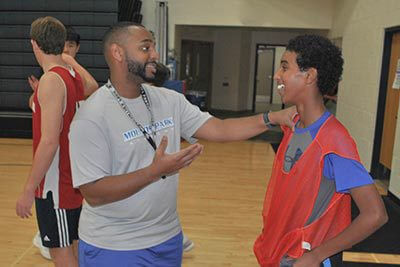 Mounds Park Academy Boys Basketball is thrilled to announce Jacob Schwartz ’09 as head varsity coach! He is taking over for Dan Haase, who moved into the role of Athletic Director after 16 years coaching basketball at MPA. Previously, Jacob coached MPA’s Junior Varsity team while also acting as an assistant coach on the Varsity bench.
Mounds Park Academy Boys Basketball is thrilled to announce Jacob Schwartz ’09 as head varsity coach! He is taking over for Dan Haase, who moved into the role of Athletic Director after 16 years coaching basketball at MPA. Previously, Jacob coached MPA’s Junior Varsity team while also acting as an assistant coach on the Varsity bench.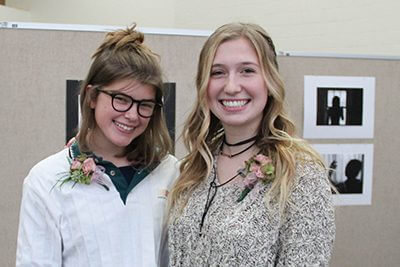 Visit campus to walk through “Two Perspectives,” a beautiful and expressive tandem photo exhibition by MPA Upper School students Alex Esch and Siri Vorvick! The display opened November 6 in the Gallery. Both students are working toward their Certificates of Distinction and describe their art as purposeful, exploratory, and adventurous.
Visit campus to walk through “Two Perspectives,” a beautiful and expressive tandem photo exhibition by MPA Upper School students Alex Esch and Siri Vorvick! The display opened November 6 in the Gallery. Both students are working toward their Certificates of Distinction and describe their art as purposeful, exploratory, and adventurous.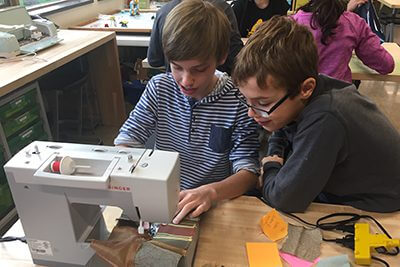 This isn’t your traditional Peter Pan! Twenty-seven Middle School actors and more than 20 students working backstage have been dedicating their time in and outside of school to concentrate on even the smallest details of costume design, set construction, and more. The sold-out production is bringing the community together in creative, challenging, and hands-on ways.
This isn’t your traditional Peter Pan! Twenty-seven Middle School actors and more than 20 students working backstage have been dedicating their time in and outside of school to concentrate on even the smallest details of costume design, set construction, and more. The sold-out production is bringing the community together in creative, challenging, and hands-on ways. Mounds Park Academy is proud to announce that senior Declan Dahlberg signed with the University of Minnesota’s Track and Field and Cross Country Teams. An exceptional student athlete, Declan was accepted to the University’s College of Science and Engineering.
Mounds Park Academy is proud to announce that senior Declan Dahlberg signed with the University of Minnesota’s Track and Field and Cross Country Teams. An exceptional student athlete, Declan was accepted to the University’s College of Science and Engineering.
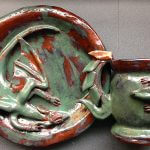





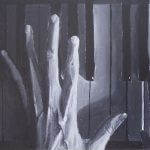
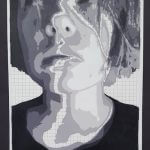
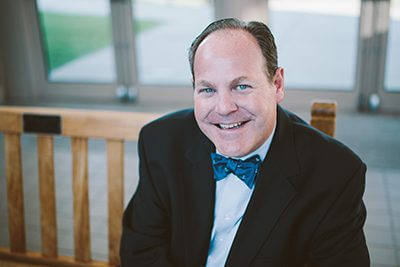 by Mark Segal, Upper School Director
by Mark Segal, Upper School Director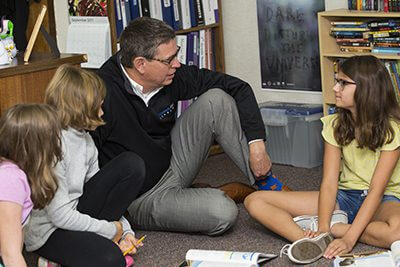 by Dr. Bill Hudson, Head of School
by Dr. Bill Hudson, Head of School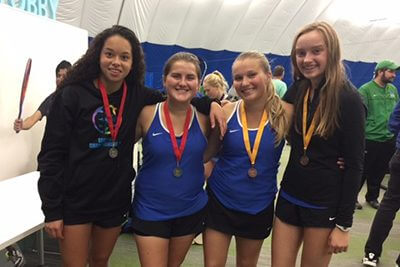 Congratulations to Rachel Lindrud/Sofia Walker and Annika Ide/Gabby Law who represented MPA deep into the Section Finals in Doubles Tennis. Rachel and Sofia took second in the Section and will advanced to the State Tournament and Annika/Gabby took fourth place. The competition was strong and all four players left it all out on the court. This is the first time since 2011 that MPA has had a team in the State Tournament. Go Panthers!
Congratulations to Rachel Lindrud/Sofia Walker and Annika Ide/Gabby Law who represented MPA deep into the Section Finals in Doubles Tennis. Rachel and Sofia took second in the Section and will advanced to the State Tournament and Annika/Gabby took fourth place. The competition was strong and all four players left it all out on the court. This is the first time since 2011 that MPA has had a team in the State Tournament. Go Panthers!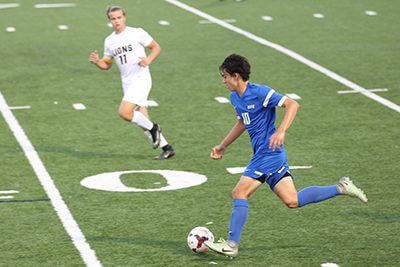 Senior Captain Nicholas Guiang was named to the Minnesota High School Soccer Coaches Association All State Second Team at the MSHSSCA All State Banquet on Sunday at the River Centre in St. Paul! A four-year varsity starter, Guiang tallied nine goals and seven assists this season, both tops on the team. He led the Panthers to the Section 4A Quarterfinals. He is the second member of his family to be named to the All State Second Team—his older brother Eric ’14 earned All State Second Team in 2013. Read more about this family in MPA Now, arriving in homes in early November.
Senior Captain Nicholas Guiang was named to the Minnesota High School Soccer Coaches Association All State Second Team at the MSHSSCA All State Banquet on Sunday at the River Centre in St. Paul! A four-year varsity starter, Guiang tallied nine goals and seven assists this season, both tops on the team. He led the Panthers to the Section 4A Quarterfinals. He is the second member of his family to be named to the All State Second Team—his older brother Eric ’14 earned All State Second Team in 2013. Read more about this family in MPA Now, arriving in homes in early November.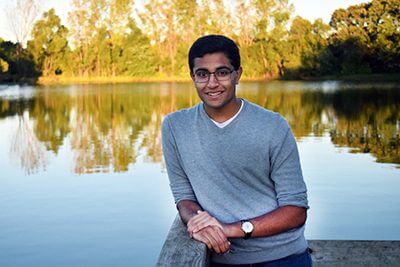 What do you love about MPA?
What do you love about MPA?